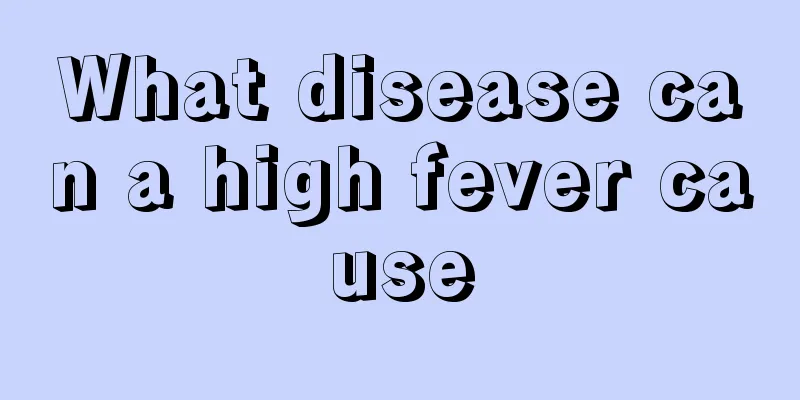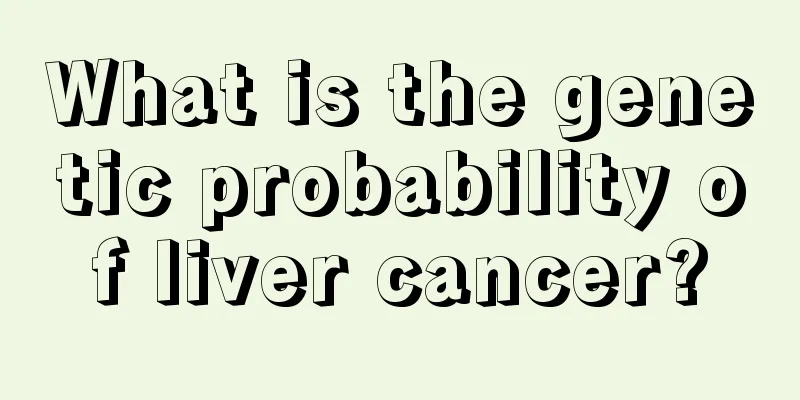What are the toxic components of endotoxin

|
Endotoxins have many toxic components, mainly including a variety of bacterial elements. Among them, endotoxins can harm our body and cause great harm to the human body. In addition, the human body is fragile and extremely sensitive to toxins, so it is more likely to cause a variety of complications. Endotoxins are very harmful. As long as everyone can adjust as soon as possible, choose appropriate methods to control them, and protect their health at ordinary times, these are all very important. A general term for toxic substances present in the cells of Gram-negative bacteria (such as Salmonella typhi, Shigella dysenteriae, etc.). It is a component of the cell wall of many Gram-negative bacteria. It is a toxin released after the bacteria are lysed and is also called a "pyrogen". Unit: Eu/ml. Its chemical components include phospholipid polysaccharide-protein complex, and its toxic component is mainly lipid A. Endotoxins are located in the outermost layer of the cell wall, on the mucopeptide covering the cell wall. The toxic effects of endotoxins from various bacteria are weak and roughly the same, and can cause fever, microcirculatory disorders, endotoxin shock, and disseminated intravascular coagulation. Endotoxin is heat-resistant and stable, with weak antigenicity. It can stimulate the body to produce antibodies, but has no neutralizing effect and forms antitoxins. It cannot become a toxoid after being treated with formaldehyde. Endotoxin is a component of the cell wall of Gram-negative bacteria called lipopolysaccharide. Lipopolysaccharide is toxic to the host. Endotoxins are released only when bacteria die and dissolve or when bacterial cells are destroyed by artificial methods, so they are called endotoxins. Toxicity The endotoxin lipopolysaccharide molecule is composed of three parts: bacteria-specific polysaccharide, non-specific core polysaccharide and lipid A. Lipid A is the main toxic component of endotoxin. The lipid A structures of different Gram-negative bacteria are basically similar. Therefore, for all infections caused by Gram-negative bacteria, although the strains are different, the toxic effects caused by their endotoxins are roughly the same. These toxic reactions mainly include: Fever reaction The human body is extremely sensitive to bacterial endotoxins. Even a very small amount (1-5 ng/kg body weight) of endotoxin can cause a rise in body temperature, and the fever reaction lasts for about 4 hours before gradually subsiding. During natural infection, Gram-negative bacteria continue to grow and multiply, while gradually dying and releasing endotoxins, so the fever reaction will continue until the pathogens in the body are completely eliminated. The reason why endotoxin causes fever reaction is that endotoxin acts on macrophages, neutrophils, etc. in the body, causing them to produce cytokines such as interleukin 1, 6 and tumor necrosis factor α. These cytokines act on the host's hypothalamic temperature regulation center, causing the body temperature to rise and cause fever. Leukocyte response After bacterial endotoxins enter the host, the number of neutrophils, which account for 60-70% of the total white blood cells in the bloodstream, decreases rapidly because the cells migrate and adhere to tissue capillaries. However, after 1-2 hours, the neutrophil-releasing factor induced by endotoxin stimulates the bone marrow to release neutrophils into the bloodstream, significantly increasing their number, and some immature neutrophils are also released. An exception is the Gram-negative bacterium Salmonella typhi, whose endotoxin causes the total white blood cell count to remain low. Since the total white blood cell count in the blood of most patients infected with Gram-negative bacteria will increase, doctors often test the patient's blood to determine the total number and classification of white blood cells before diagnosis in order to preliminarily distinguish whether it is a bacterial infection or a viral infection. The total white blood cell count and neutrophil percentage of patients infected with the virus are basically within the normal range. Endotoxin shock Endotoxemia may occur when a large number of Gram-negative pathogens die in lesions or in the bloodstream, releasing large amounts of endotoxins that enter the blood. A large amount of endotoxin acts on the body's macrophages, neutrophils, endothelial cells, platelets, complement system and coagulation system, etc., which will produce biologically active substances such as interleukins 1, 6, 8 and tumor necrosis factor α, histamine, 5-hydroxytryptamine, prostaglandins, and kinins. These substances act on small blood vessels, causing functional disorders and leading to microcirculatory disorders. The clinical manifestations are microcirculatory failure, hypotension, hypoxia, acidosis, etc., which lead to shock in the patient. This pathological reaction is called endotoxin shock. |
<<: What are the Chinese patent medicines that can help stomach qi to move downward?
>>: Is a positive gastric insufflation result serious?
Recommend
How to treat mid-stage nasopharyngeal carcinoma and what is the diet for prognosis
Compared with late stage, mid-stage nasopharyngea...
How long does it take to pass gas after colorectal cancer surgery
The time for gas to be eliminated after colorecta...
What to do if your hands get spicy after washing chili peppers
Cooking is a very tedious process, but you can al...
What should I do if the follicles are not well developed and the endometrium is thin?
Pregnancy is a very important thing for female fr...
How long is the survival period of nasopharyngeal carcinoma metastasized to the lungs and what to do
Nasopharyngeal carcinoma is one of the most commo...
Under what circumstances can moles be removed?
1. A single mole changes suddenly and rapidly. If...
How to use gel water
There are many common supplies in life, and diffe...
Which is more serious, uterine cancer or cervical cancer
Cervical cancer is one of the most common maligna...
What ointment is used to treat molluscum contagiosum
Molluscum contagiosum can be treated by applying ...
What muscles do squats train
Squat is a common fitness method, also called ful...
What to do if bitten by mosquitoes in autumn
Mosquitoes are animals that everyone hates becaus...
The most common cause of kidney cancer
Kidney cancer is a common cancer. When you have k...
What are the symptoms of ovarian cancer
Symptoms of ovarian cancer are usually not obviou...
Can gastric tumors be cured? Diet therapy for gastric tumors
The incidence of gastric malignant tumors has bee...
Blood in stool and anal burning sensation
Blood in the stool and a burning sensation in the...









